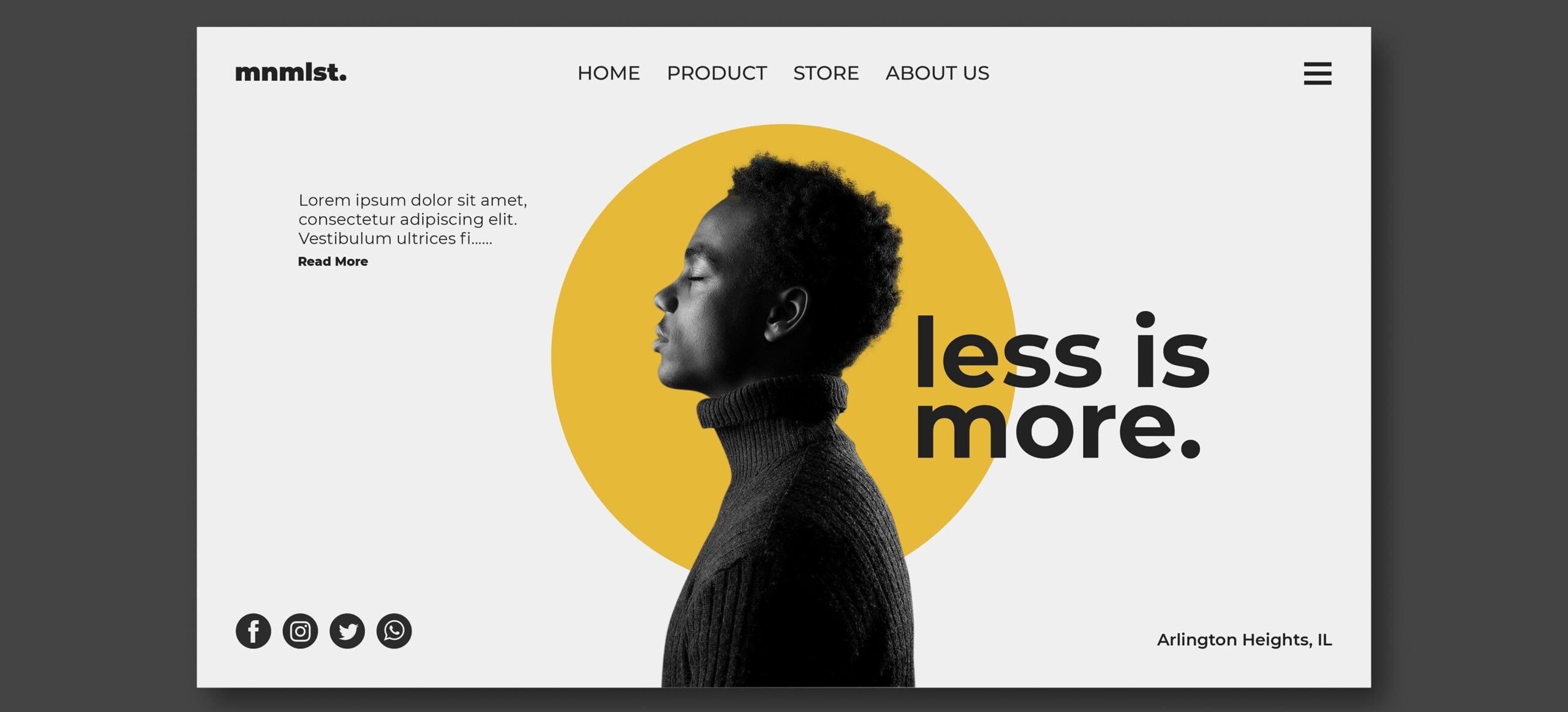In an ideal digital world, visitors to your website would find what they want straight away with ease and not encounter any errors. The reality is, no matter how spick and span your website is, it will come across issues from time to time. And when this happens, you’ll want to make sure you have a dedicated 404 page to try and convince users to stay.
What is a 404 error page?
It’s what you land on when you try to access a page on a website that no longer exists. It’s one of the most common website errors users come across, and probably the most annoying. Especially if all they see is the standard ugly ‘Page not found’ default page that’s filled with unnecessary content and technical jargon.
What triggers a 404 page?
Broken links. And they will happen over time as products are removed, pages get moved or deleted. Some of the common ways users land on a 404 are:
- They clicked on an external link to a page on your site that no longer works or was linked incorrectly
- They clicked on an internal link on your site that no longer exists
- The page moved to a new URL but the link wasn’t updated or redirected
- The user mistyped the URL
- Inserting a truncated link
Why should you care?
404 errors lead to bad user experiences. Aside from being frustrating and annoying, it’s the ultimate deal breaker for a visitor leaving your site. Unless you make it worth their while.
By giving your 404 page a little TLC, you can turn what is generally a dead end for visitors into an opportunity. A carefully crafted 404 error page has the ability to reduce your bounce rate and help increase your conversions.
Turning lost visitors into leads
Whether you like it or not, your error page is still a page on your site, so why not make it look like the rest of your site? Having a 404 page that reflects your brand will enhance the user experience and keep your visitors engaged, perhaps even make them forget about the page they were hoping to view!
When designing your 404 page, throw around some of these ideas with your website designer:
- Replace the technical language you find on the default error pages with easy to understand language. Have fun with it too. href=”https://www.creativebloq.com/web-design/best-404-pages-812505″>Here’s some creative 404 page designs to give you inspiration.
- Provide a solution. Include relevant links to give the user somewhere to go, such as your homepage, menu navigation, popular links, search bar, FAQs, posts with related keywords to the link etc.
- Keep things simple and don’t give visitors too many options (stick with a single call to action).
If possible, add an interactive element to your page.
Don’t make your 404 page the last page your visitors see! Crawl your site regularly to snag and fix any broken links that pop up, and make sure your back up error page does the job to keep visitors on your site.
Want a custom designed 404 page for your business website? Contact us today to get started.



